Japanese is considered one of the most difficult languages in the world. Not only do foreign learners struggle with it, but even native speakers sometimes get confused. What exactly makes Japanese so complicated? Let’s take a look at some of the biggest challenges.
1. The Triple Threat: Hiragana, Katakana, and Kanji
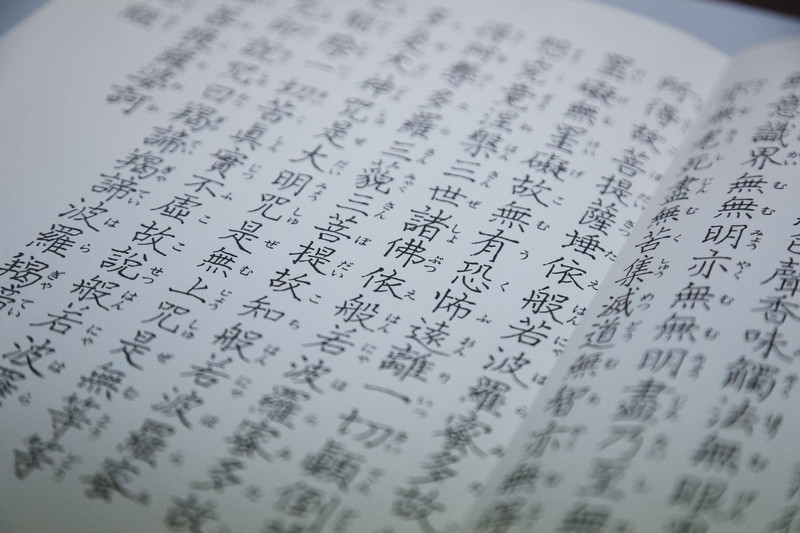
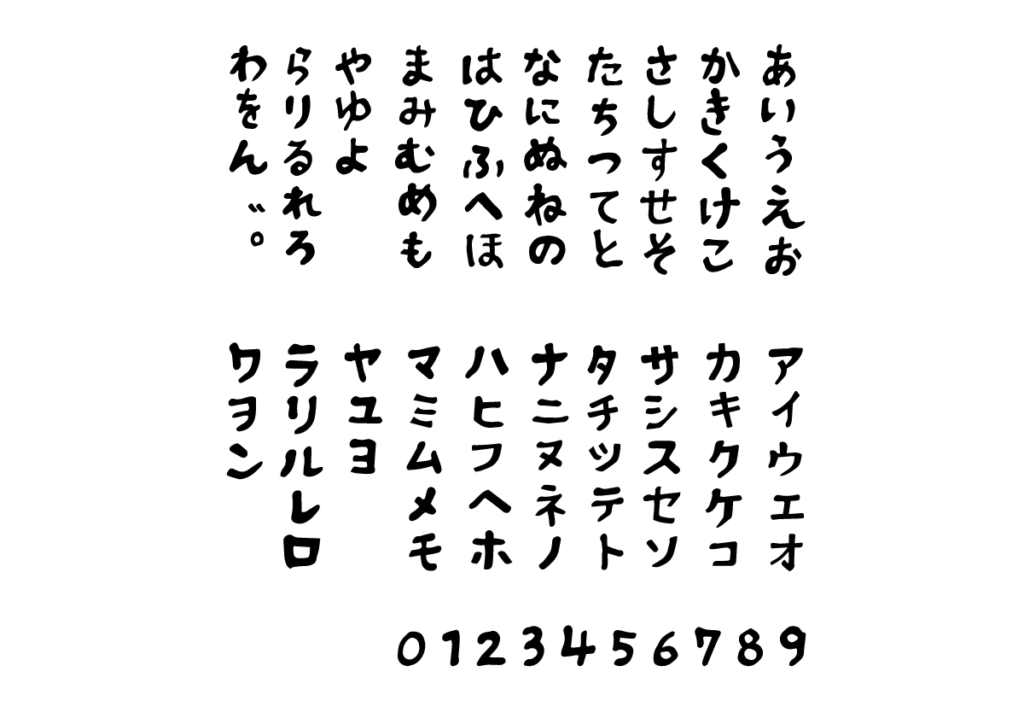
One of the defining features of Japanese is the use of three different writing systems: hiragana, katakana, and kanji. This alone makes learning the language incredibly challenging.
• First, even hiragana alone has 50 characters
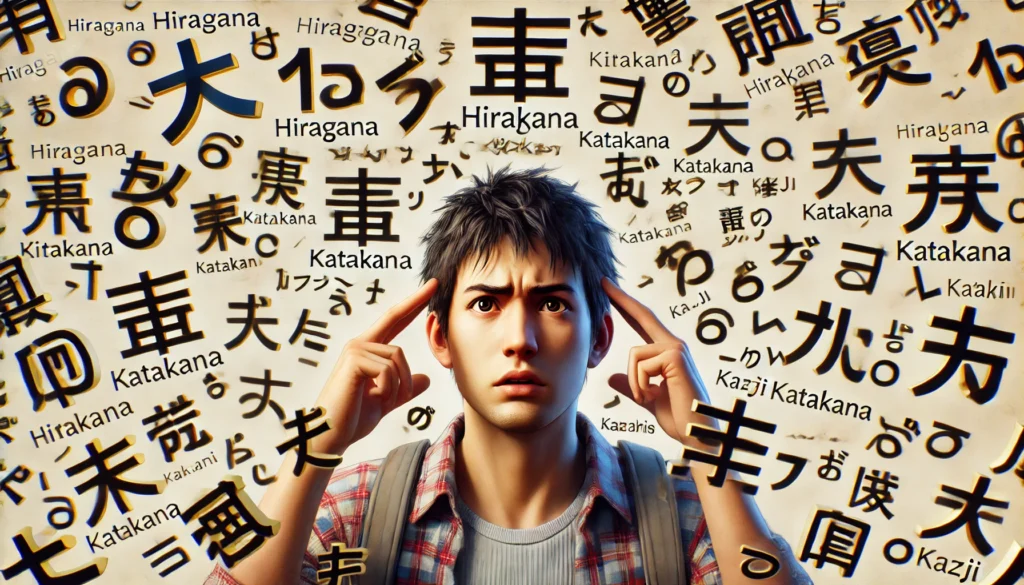
Learning hiragana is just the beginning. After that, you also need to master katakana and thousands of kanji. For foreign learners, just memorizing all these characters is a massive hurdle.
• Each script has a distinct role
Japanese doesn’t just have three types of characters—it also uses them in specific ways.
• Hiragana: Mainly used for grammatical elements like particles and verb conjugations (e.g., “を”, “に”, “行く”, “する”). It also gives a softer, more gentle impression.
• Katakana: Used for foreign loanwords, onomatopoeia, and emphasis (e.g., “スーパー” (supermarket), “ワンワン” (dog barking), “ドーン!” (boom!)). It’s also commonly used for product names and technical terms.
• Kanji: Helps clarify meaning and improves readability. For example, “昨日、学校で友達と話しました。” (Yesterday, I talked with my friend at school.) would be much harder to read if written in all hiragana: “きのう、がっこうでともだちとはなしました。”.
• Mixing three scripts makes things even more complex
In a single sentence like:
“昨日、スーパーでアイスを買いました。”
(Yesterday, I bought ice cream at the supermarket.)

You can see all three writing systems being used together. Unlike English, which relies on just 26 letters, Japanese requires the ability to seamlessly switch between three different types of characters.
• Japanese people actually find all-hiragana sentences hard to read
Some learners might wonder, “Wouldn’t Japanese be easier if we just used hiragana?” The answer is no.
For example,
“きのう、すーぱーであいすをかいました。”
(Yesterday, I bought ice cream at the supermarket.)
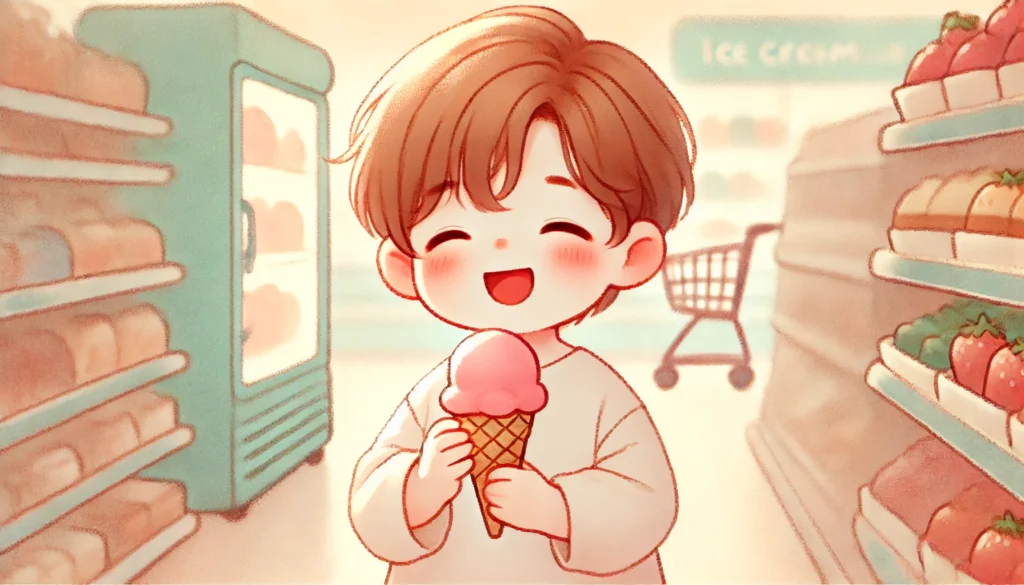
This looks childish and is actually much harder to read than using kanji and katakana. Having three scripts actually enhances readability rather than complicating it.
2. The Nightmare of Homophones
Japanese has an overwhelming number of words that sound the same but have completely different meanings. This is one of the most frustrating aspects of the language for learners.
• Examples of “kakou” (かこう):

• 加工 (kakou) → Processing, manufacturing
• 河口 (kakou) → The mouth of a river
• 火口 (kakou) → The crater of a volcano
• 下降 (kakou) → Descent
If you hear a sentence like “火口が加工された”, it could be misinterpreted depending on how it’s written.
In writing, kanji helps distinguish these words, but in spoken Japanese, learners have to rely on context clues to figure out the meaning. Even native speakers sometimes get confused.
3. The Endless Variety of First-Person Pronouns
One surprising thing about Japanese is the huge number of words for “I”. Unlike English, where “I” is universal, Japanese has many variations, each with its own nuance.
• Common first-person pronouns:
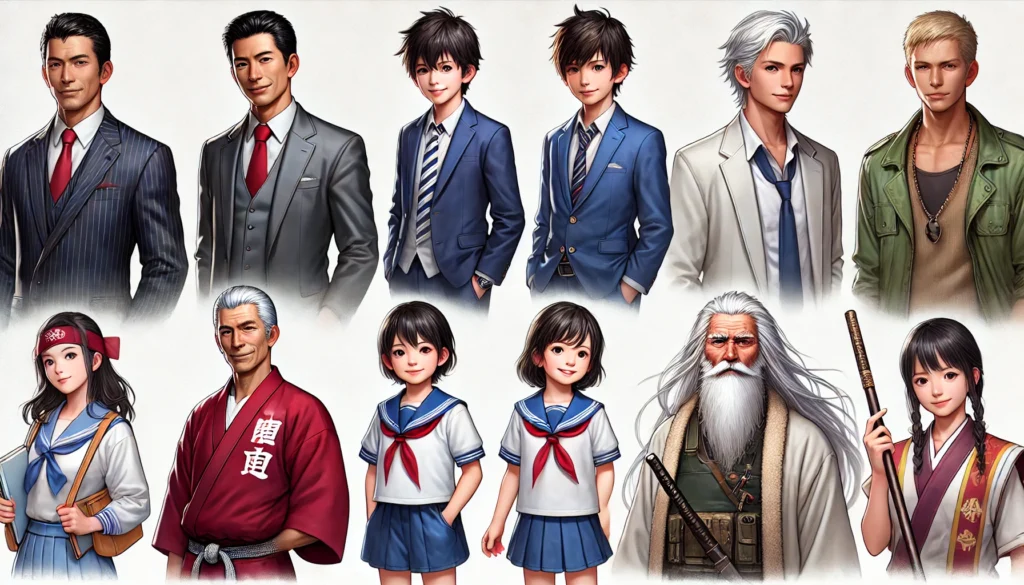
• 私 (watashi/watakushi) → Formal and standard (“watakushi” is extra polite)
• 僕 (boku) → Soft and casual (mainly used by men)
• 俺 (ore) → Informal and rough (used among close friends)
• あたし (atashi) → Casual and feminine
• 自分 (jibun) → Can also mean “you” in Kansai dialect, which confuses learners
• ワシ (washi) → Often used by elderly men or in stereotypical samurai speech
The variety of pronouns reflects Japan’s emphasis on hierarchy and social etiquette. In business settings, “watashi” is preferred over “boku” to maintain professionalism. Meanwhile, in casual settings, “ore” or “boku” are more common among men.
Choosing the wrong pronoun can sound too formal, too rough, or even inappropriate depending on the situation. In Japanese, even the way you say “I” carries social meaning.
4. The Strange Flexibility of Japanese Expressions
• The Many Meanings of “Yabai” (やばい)
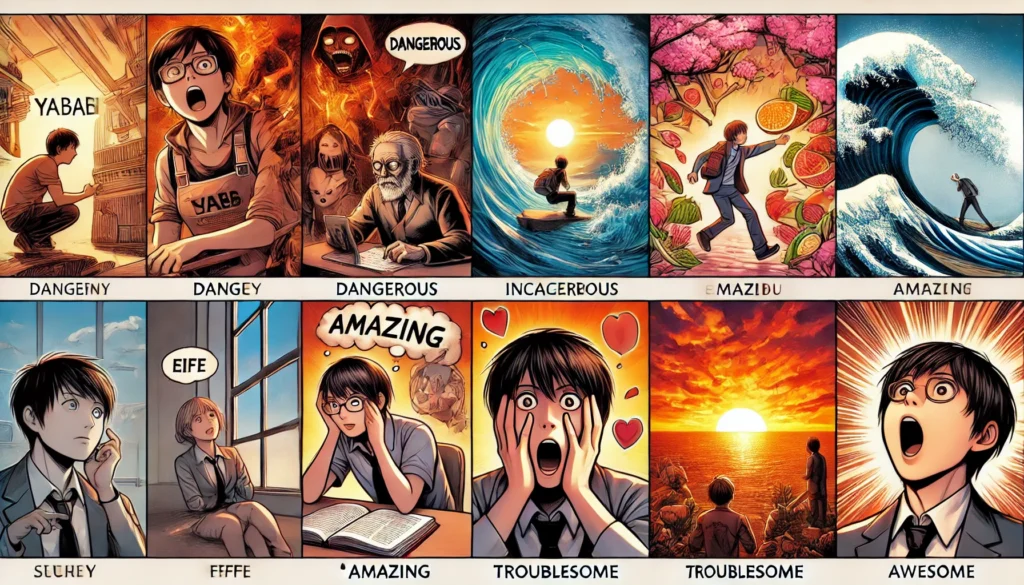
The word “yabai” is a great example of how Japanese expressions change meaning based on context.
• Negative meaning: “この料理、やばい味がする。” (This food tastes terrible.)
• Positive meaning: “この映画、マジやばい!” (This movie is seriously amazing!)
• Dangerous meaning: “これ以上進むとやばい。” (Going further is dangerous.)
The same word can mean “terrible,” “amazing,” or “dangerous,” depending on the situation.
5. The Chaos of Japanese Keigo (Honorific Language)
Japanese honorifics are so complex that even native speakers struggle with them.
• Respectful vs. Humble vs. Polite Speech
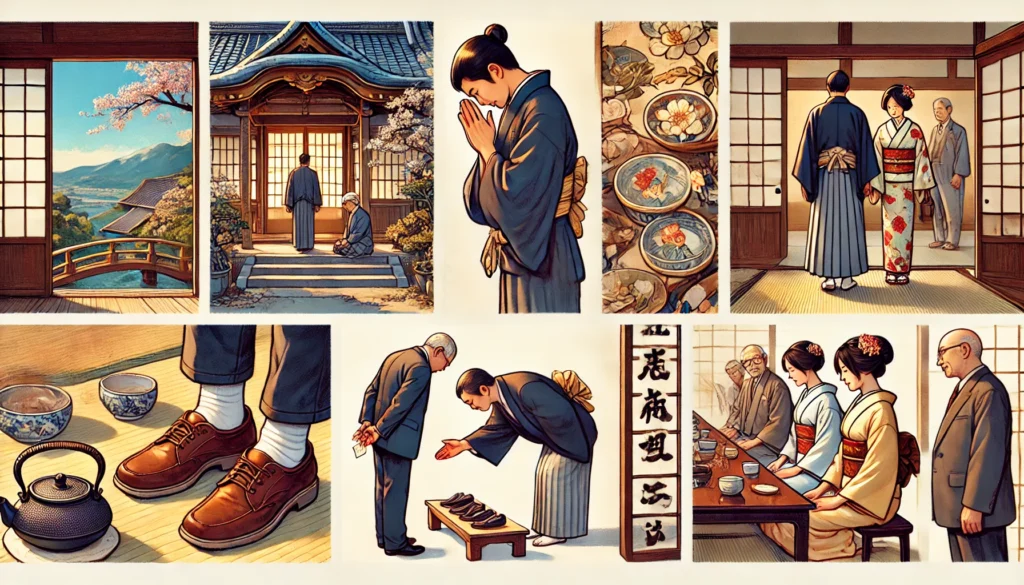
Take the verb “to see” as an example:
• 尊敬語 (Sonkeigo – Respectful): ご覧になる (goran ni naru) → Used for someone of higher status
• 謙譲語 (Kenjougo – Humble): 拝見する (haiken suru) → Used to show humility
• 丁寧語 (Teineigo – Polite): 見ます (mimasu) → Standard polite form
Using the wrong form of keigo in business situations can make you sound either too casual or too distant. It’s an incredibly delicate balance that even Japanese people find challenging.
Conclusion: Japanese is Ridiculously Hard
Japanese grammar, honorifics, expressions, and writing systems make it one of the most mentally demanding languages to learn. For learners, it can feel like a linguistic battle royale, but at the same time, mastering it is an impressive feat.
So, if someone ever asks, “Is Japanese hard?”, just say:
“Yes. It’s insanely hard.” 😅



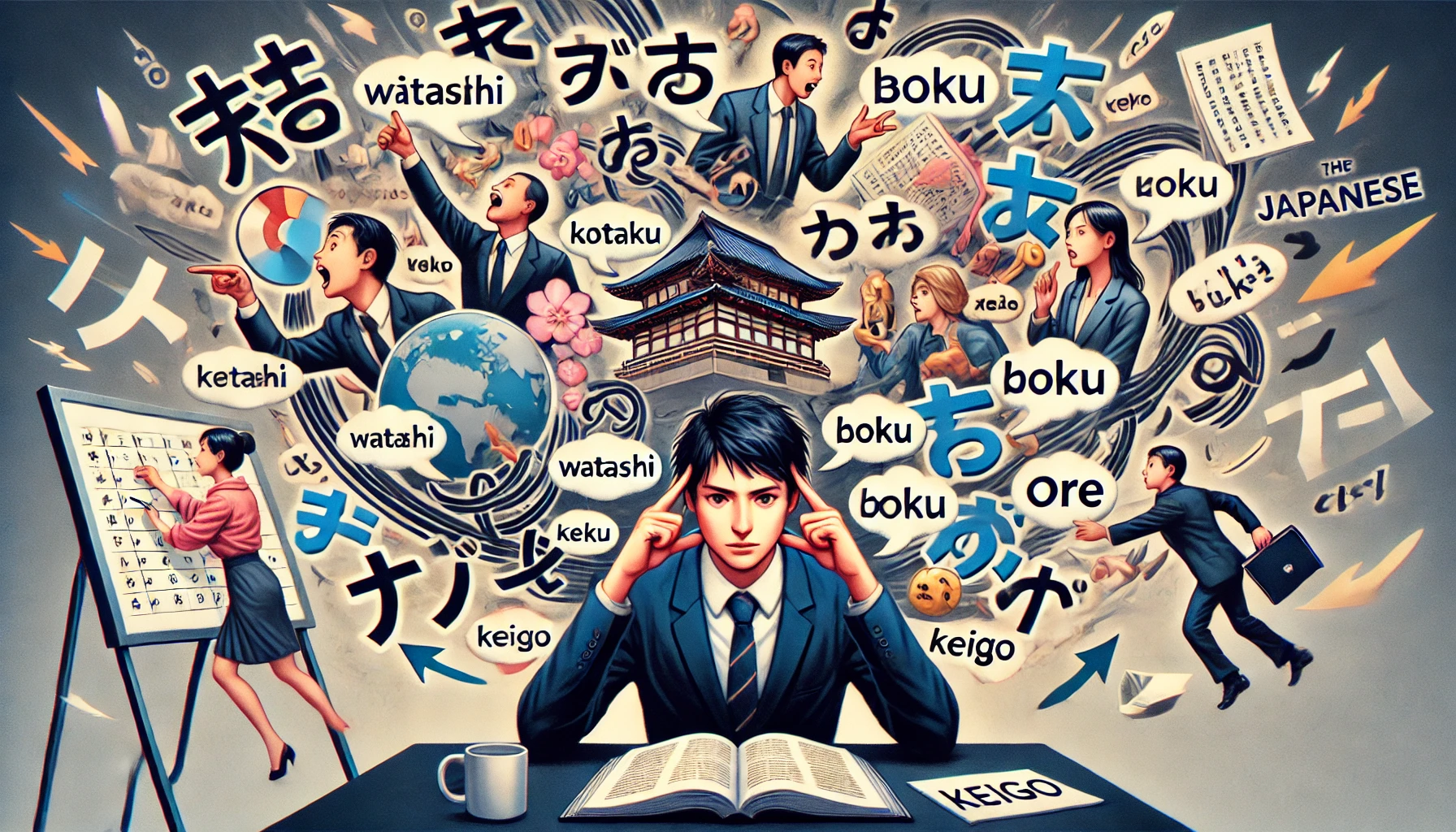


Comments